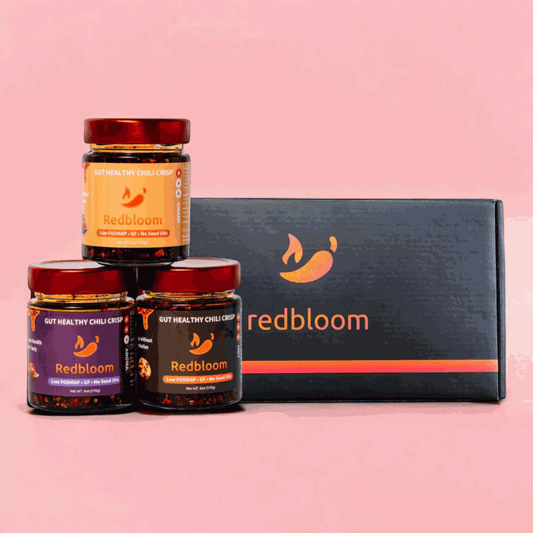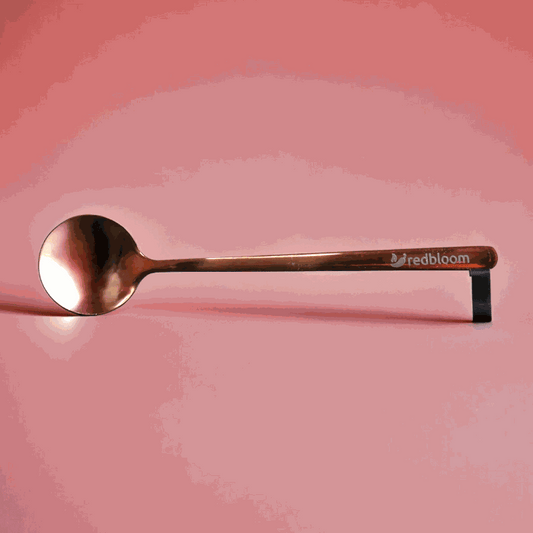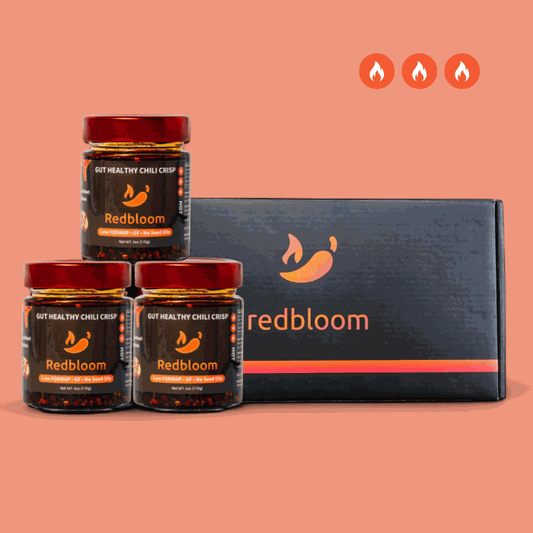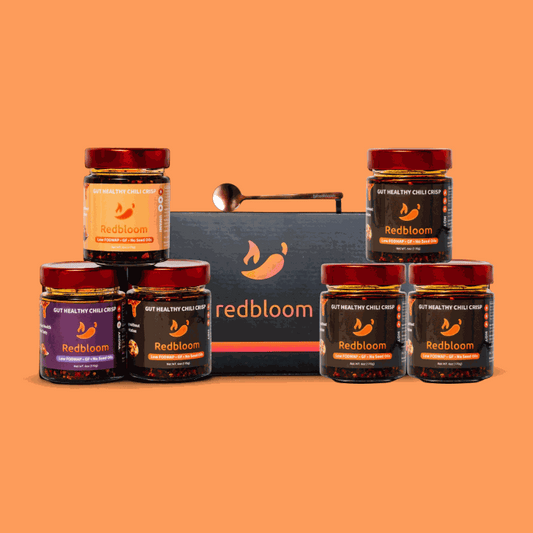What is Oleic Acid?
Introduction
Oleic acid is a monounsaturated fatty acid that is commonly found in various plant and animal sources. It plays a significant role in nutrition and has garnered attention for its potential health benefits. In this article, we will explore the characteristics, dietary sources, health implications, and uses of oleic acid. Let's delve into the world of this beneficial fatty acid!
Table of Contents
- Understanding Oleic Acid
- Dietary Sources of Oleic Acid
- Health Implications and Benefits
- Cardiovascular Health and Cholesterol Levels
- Anti-Inflammatory Properties
- Skin and Hair Benefits
- Culinary and Industrial Uses
- Conclusion
- FAQs
Understanding Oleic Acid
Oleic acid is a type of fatty acid classified as a monounsaturated fat. It is an omega-9 fatty acid with 18 carbon atoms and a double bond located at the ninth carbon position. This structure gives oleic acid its unique properties and benefits.
Dietary Sources of Oleic Acid
Oleic acid is abundant in various food sources. It is especially prevalent in plant-based oils, such as olive oil, avocado oil, and canola oil. Other sources include nuts, seeds, and certain fruits like olives. Animal sources of oleic acid include fatty cuts of meat, poultry, and fish. Incorporating these foods into the diet can help increase the intake of oleic acid.
Health Implications and Benefits
Oleic acid has been associated with several health benefits. It is known for its potential positive effects on cardiovascular health, inflammation, and overall well-being. However, it's important to note that the overall diet and lifestyle factors play a crucial role in determining health outcomes.
Cardiovascular Health and Cholesterol Levels
Research suggests that diets rich in oleic acid may have favorable effects on cardiovascular health. Oleic acid has been associated with improving lipid profiles by increasing high-density lipoprotein (HDL) cholesterol (the "good" cholesterol) and reducing low-density lipoprotein (LDL) cholesterol (the "bad" cholesterol). This can contribute to a healthier balance and potentially reduce the risk of cardiovascular diseases.
Anti-Inflammatory Properties
Oleic acid exhibits anti-inflammatory properties that may help reduce inflammation in the body. Chronic inflammation is linked to various health conditions, including cardiovascular disease, diabetes, and certain cancers. Including oleic acid-rich foods in the diet may help promote a healthier inflammatory response.
Skin and Hair Benefits
Oleic acid has moisturizing and nourishing properties, making it beneficial for the skin and hair. It is often used in skincare products and cosmetics to enhance hydration, improve skin elasticity, and provide a protective barrier. Oleic acid can also help soften the hair, improve its manageability, and add shine.
Culinary and Industrial Uses
Oleic acid plays a crucial role in culinary applications. It is a primary component of many cooking oils, such as olive oil and avocado oil, which are widely used for their flavor and health benefits. Oleic acid's stability and resistance to oxidation make it suitable for frying and high-temperature cooking. Additionally, oleic acid has industrial uses in the manufacturing of soaps, detergents, and lubricants.
Conclusion
Oleic acid is a beneficial monounsaturated fatty acid that offers various health implications and uses. From its positive effects on cardiovascular health to its moisturizing properties for the skin and hair, oleic acid has become a valuable component of our diet and lifestyle. Incorporating oleic acid-rich foods and products into our daily lives can contribute to overall well-being.
FAQs
1. Is oleic acid beneficial for weight management? While oleic acid is a healthy fat that can be part of a balanced diet, it is important to consider overall caloric intake and lifestyle factors for weight management. Oleic acid-rich foods can be included as part of a healthy eating plan.
2. Can individuals with nut allergies consume oleic acid? Oleic acid itself is not an allergen. However, some sources of oleic acid, such as nuts and seeds, may be allergenic. Individuals with nut allergies should avoid those specific sources but can still obtain oleic acid from other non-allergenic sources.
3. Can oleic acid replace saturated fats in the diet? Replacing saturated fats with healthier fats, such as those high in oleic acid, is generally recommended for promoting heart health. However, moderation and overall dietary balance are important for optimal health outcomes.
4. Are there any potential side effects of consuming oleic acid? Oleic acid is generally well-tolerated and considered safe for consumption. However, excessive intake of dietary fats, including oleic acid, can contribute to weight gain. It is recommended to consume fats in moderation as part of a balanced diet.
5. Can oleic acid be used topically for skincare purposes? Yes, oleic acid is commonly used in skincare products for its moisturizing and nourishing properties. However, individuals with specific skin concerns or sensitivities should consult with a dermatologist before using products containing oleic acid.





